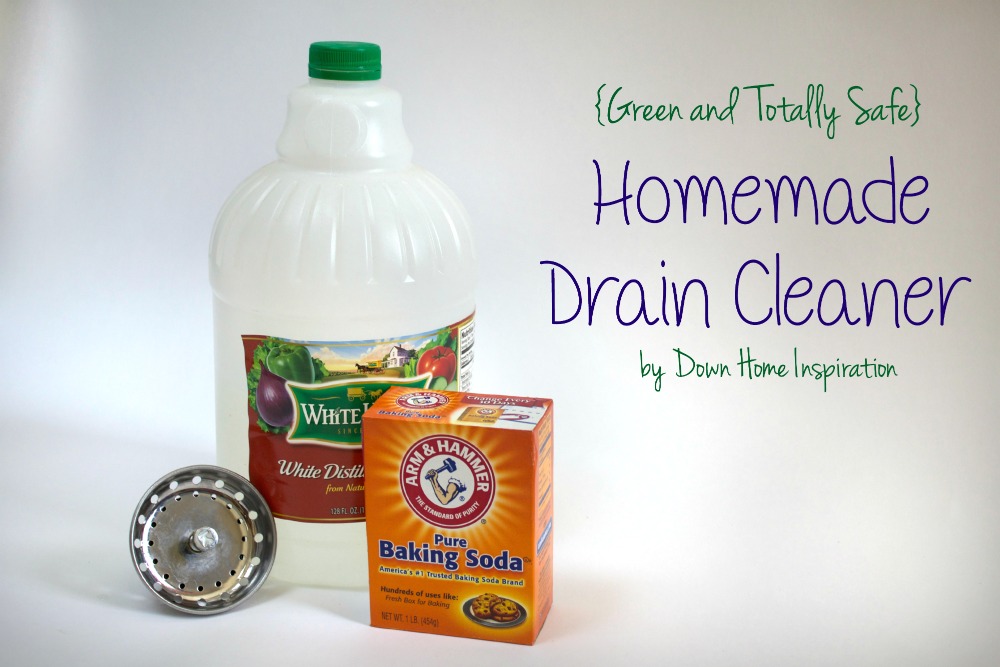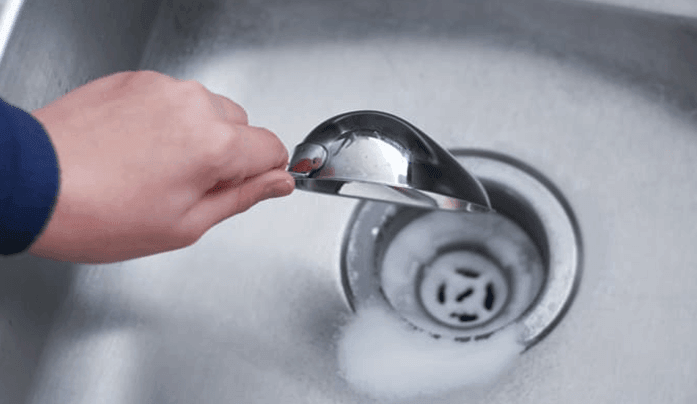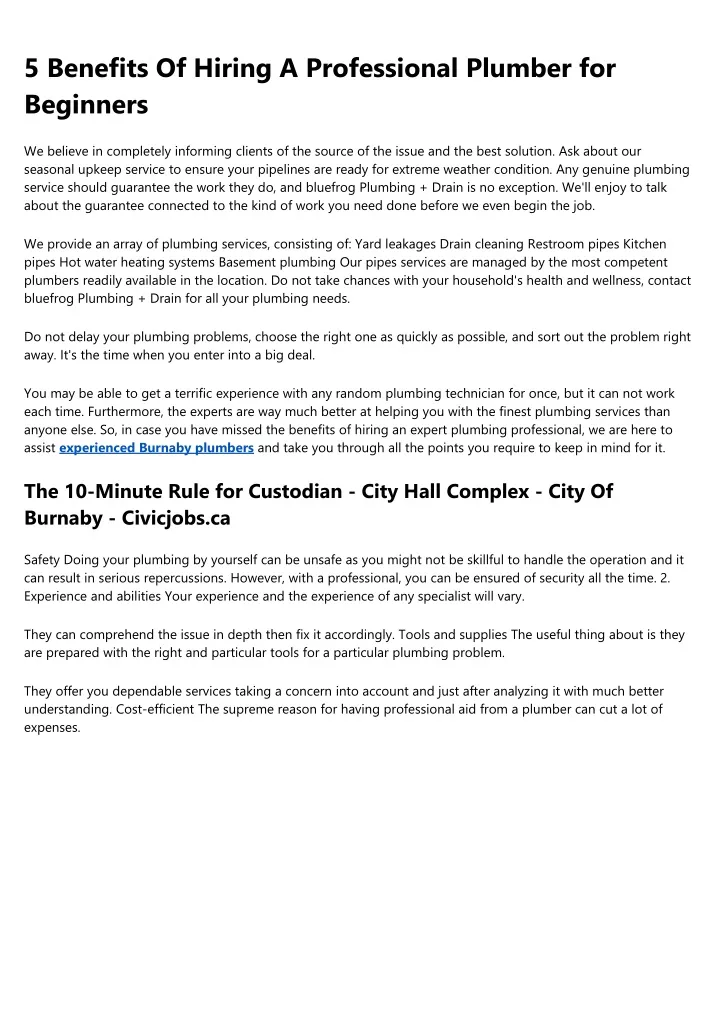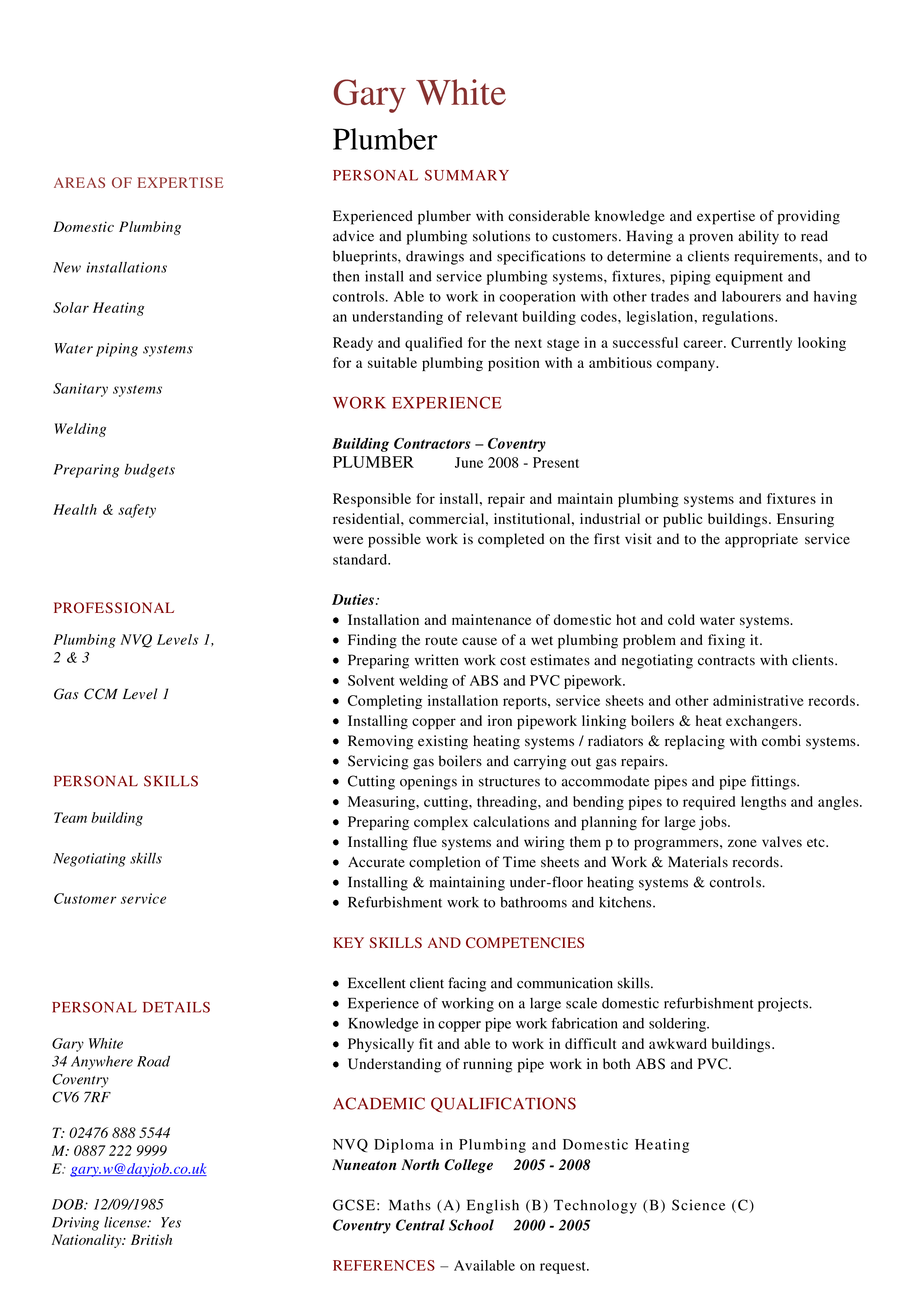One of the most common and effective ways to unclog standing water in a kitchen sink is by using a plunger. This tool creates suction, which can help dislodge any blockages in the drain. To use a plunger, make sure there is enough standing water in the sink to cover the rubber cup. Place the plunger over the drain and push down firmly, then pull up quickly. Repeat this motion several times until the water starts to drain. If the clog persists, try using a plunger specifically designed for sinks.1. Use a plunger
If the clog is caused by grease or oil buildup, pouring boiling water down the drain may be enough to break it up and clear the blockage. Boil a large pot of water and carefully pour it down the drain in two to three stages, allowing a few seconds between each pour. This method can also be combined with using a plunger for stubborn clogs.2. Pour boiling water down the drain
Baking soda and vinegar are a powerful combination when it comes to unclogging drains. Start by pouring a pot of boiling water down the drain, followed by half a cup of baking soda. Let it sit for a few minutes, then pour a mixture of one cup of vinegar and one cup of hot water down the drain. Cover the drain with a plug or cloth and let it sit for about 30 minutes. Finally, pour another pot of boiling water down the drain to flush out the mixture and any remaining debris.3. Use a mixture of baking soda and vinegar
If the clog is stubborn and none of the above methods have worked, you may want to try a commercial drain cleaner. These products contain powerful chemicals that can dissolve most clogs, but they can also be harsh and damaging to pipes. Make sure to read and follow the instructions carefully, and always wear protective gear when handling drain cleaners.4. Try a commercial drain cleaner
If the clog is deeper in the pipes, a plumbing snake may be needed to clear it. A plumbing snake is a long, flexible wire with a corkscrew-like tip that can be inserted into the drain and rotated to break up and remove the clog. You can purchase a plumbing snake at most hardware stores, or you can rent one from a home improvement store.5. Use a plumbing snake
The P-trap is a U-shaped pipe located under the sink that traps debris and prevents it from going further into the pipes. If the clog is in the P-trap, removing and cleaning it may solve the issue. Place a bucket or container under the P-trap to catch any water, then unscrew the pipe and remove it. Clean out any debris and reattach the P-trap.6. Remove and clean the P-trap
If you have a wet/dry vacuum, you can use it to suck out any standing water and debris from the drain. Be sure to switch the vacuum to the wet setting and cover the drain with a cloth or towel to create a seal. This method can be effective for removing larger clogs, such as food scraps or foreign objects.7. Use a wet/dry vacuum
If you prefer a more natural approach, you can make a homemade drain cleaner using salt and baking soda. Mix equal parts of both ingredients and pour the mixture down the drain, followed by boiling water. The abrasive texture of the salt and baking soda can help break up and remove clogs.8. Try a homemade drain cleaner with salt and baking soda
For an extra powerful homemade drain cleaner, you can combine salt, baking soda, and vinegar. Start by pouring half a cup of salt down the drain, followed by half a cup of baking soda. Let it sit for a few minutes, then pour a cup of vinegar down the drain. Cover the drain and let the mixture sit for about 30 minutes before flushing it with boiling water.9. Use a combination of salt, baking soda, and vinegar
If none of the above methods have worked, it may be time to call in a professional plumber. They have the tools and expertise to handle even the most stubborn clogs and can ensure that the issue is fully resolved. Additionally, they can also inspect your pipes for any potential problems and offer maintenance tips to prevent future clogs. Dealing with a clogged kitchen sink can be frustrating, but with these top 10 methods, you can unclog standing water and get your sink back to functioning properly. Remember to always take precautions when using chemicals or tools and don't hesitate to call a professional if needed. With a little effort and some patience, you can easily solve this common household problem. Don't let a clogged kitchen sink disrupt your daily routine, try these tips today!10. Call a professional plumber
Why is Standing Water in Your Kitchen Sink a Problem?

How Does Standing Water Occur?

If you've noticed that your kitchen sink is not draining properly, chances are that there is standing water in your sink. This common household issue can be caused by a variety of factors, including clogged pipes, a faulty garbage disposal, or even a malfunctioning dishwasher. Whatever the cause may be, standing water in your kitchen sink can be a major inconvenience and can even lead to more serious plumbing issues if not addressed promptly.
The Dangers of Standing Water
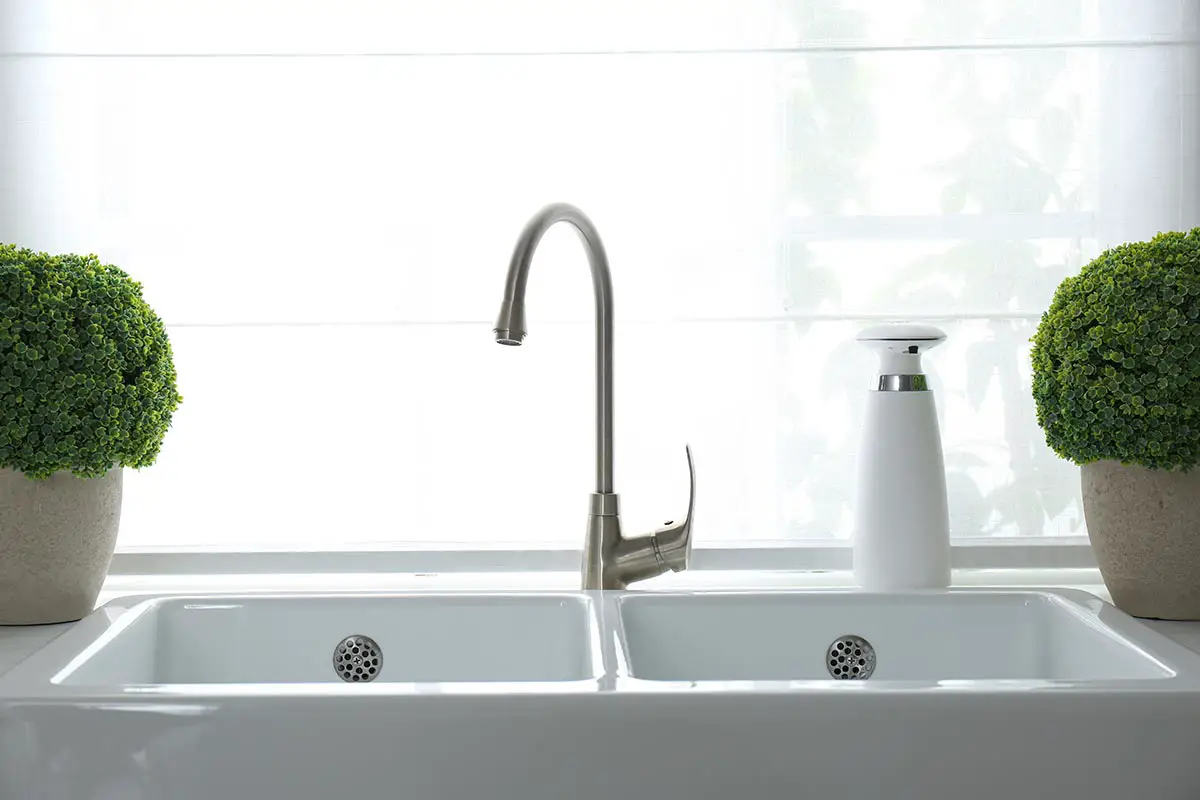
Aside from being an annoyance, standing water in your kitchen sink can also pose health risks. The stagnant water can become a breeding ground for bacteria and mold, which can contaminate your dishes and food preparation areas. In addition, standing water can also cause unpleasant odors to emanate from your sink, making your kitchen less inviting for cooking and entertaining.
How to Unclog Standing Water in Your Kitchen Sink

If you're facing the problem of standing water in your kitchen sink, there are several steps you can take to unclog it and restore proper drainage. First , try using a plunger to dislodge any blockages in the pipes. Next , remove the drain cover and use a plumbing snake to break up any stubborn clogs. Finally , pour a mixture of hot water and baking soda down the drain to dissolve any remaining debris.
If these DIY methods do not resolve the issue, it may be necessary to call a professional plumber to inspect and repair the problem. It is important to address standing water in your kitchen sink as soon as possible to prevent further damage and potential health hazards.
Preventing Standing Water in the Future

To avoid the hassle and inconvenience of standing water in your kitchen sink, it is important to practice preventative maintenance. This includes regularly cleaning your sink and drain to remove any buildup of food particles or debris. It is also helpful to avoid pouring grease or oils down your sink, as they can solidify and clog your pipes over time.
By following these simple tips and addressing standing water in your kitchen sink promptly, you can maintain a clean and functional kitchen and avoid potential plumbing disasters.


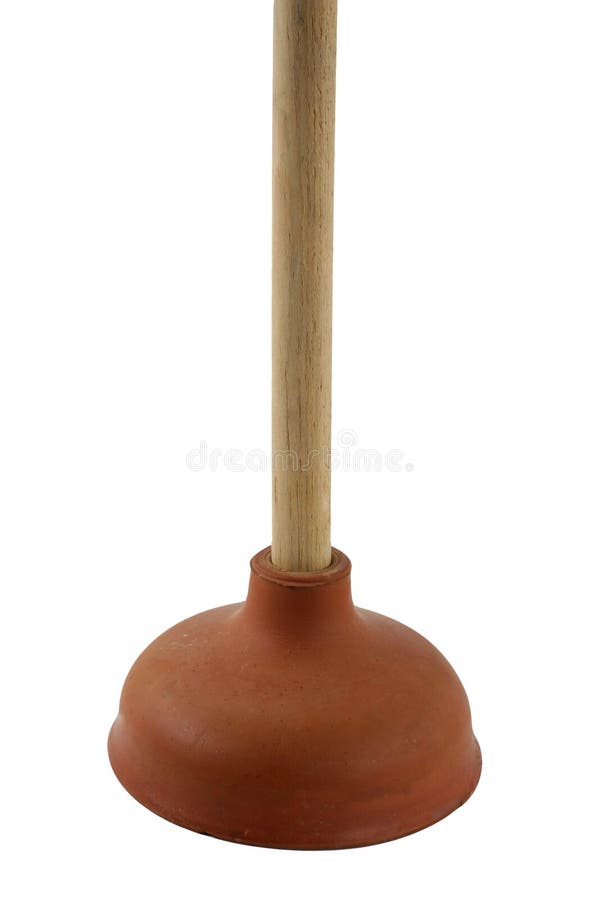
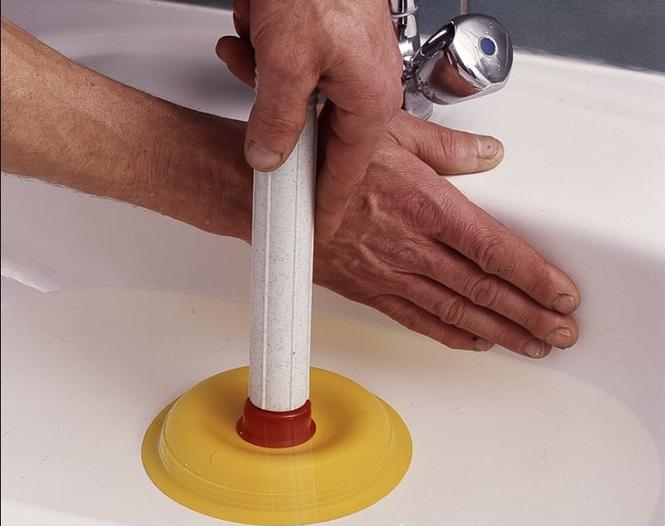

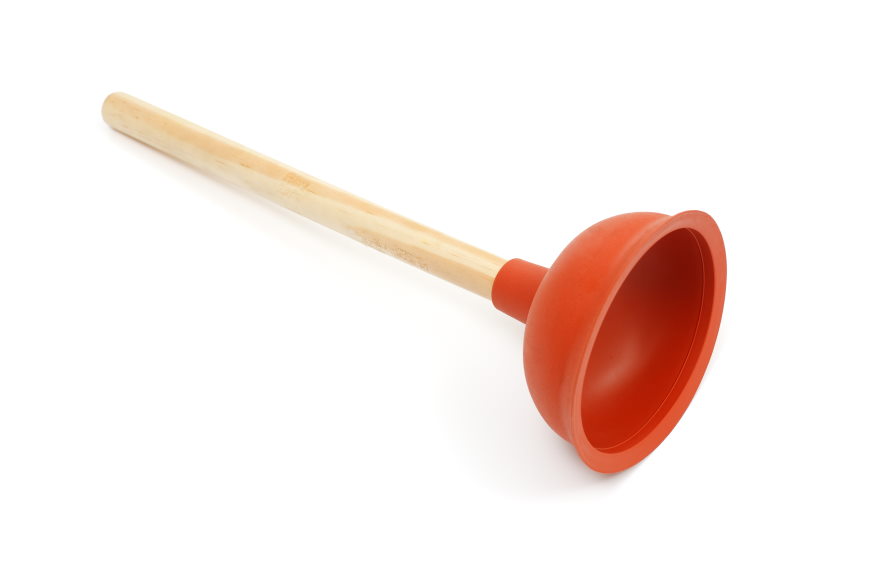
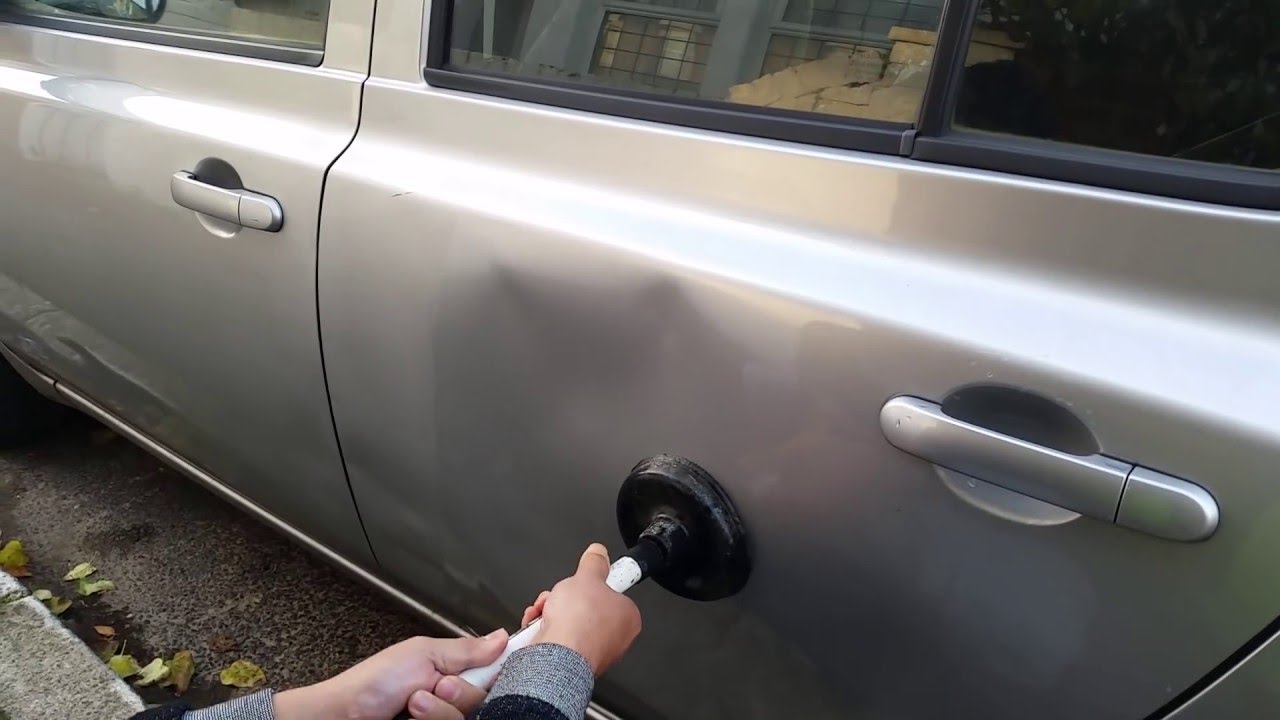

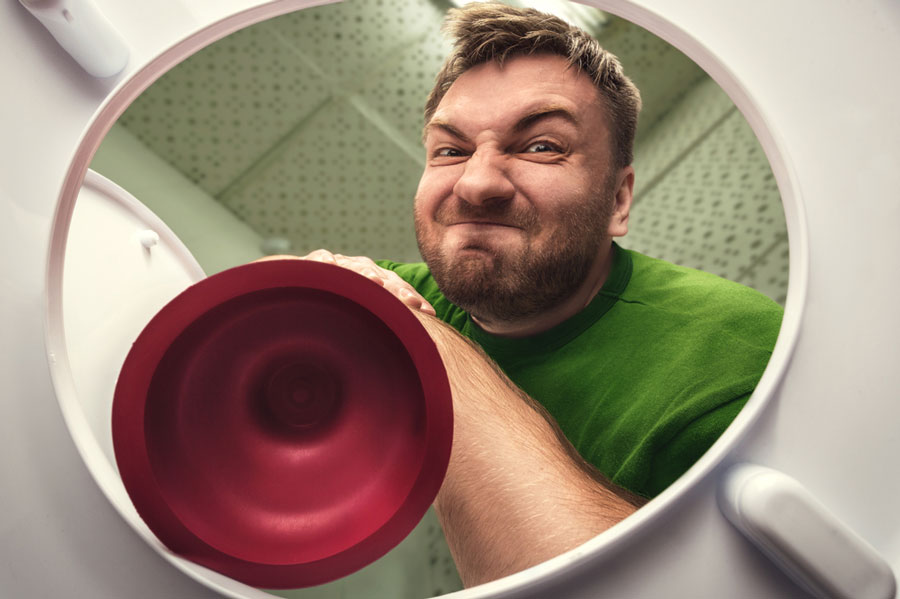




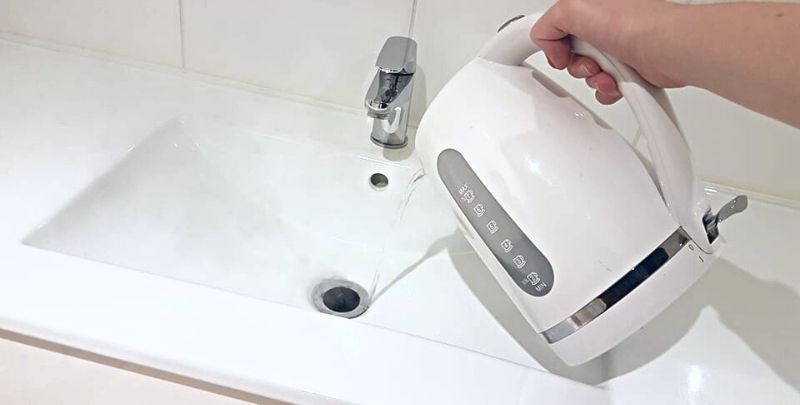

.jpg?time=1689761045394)
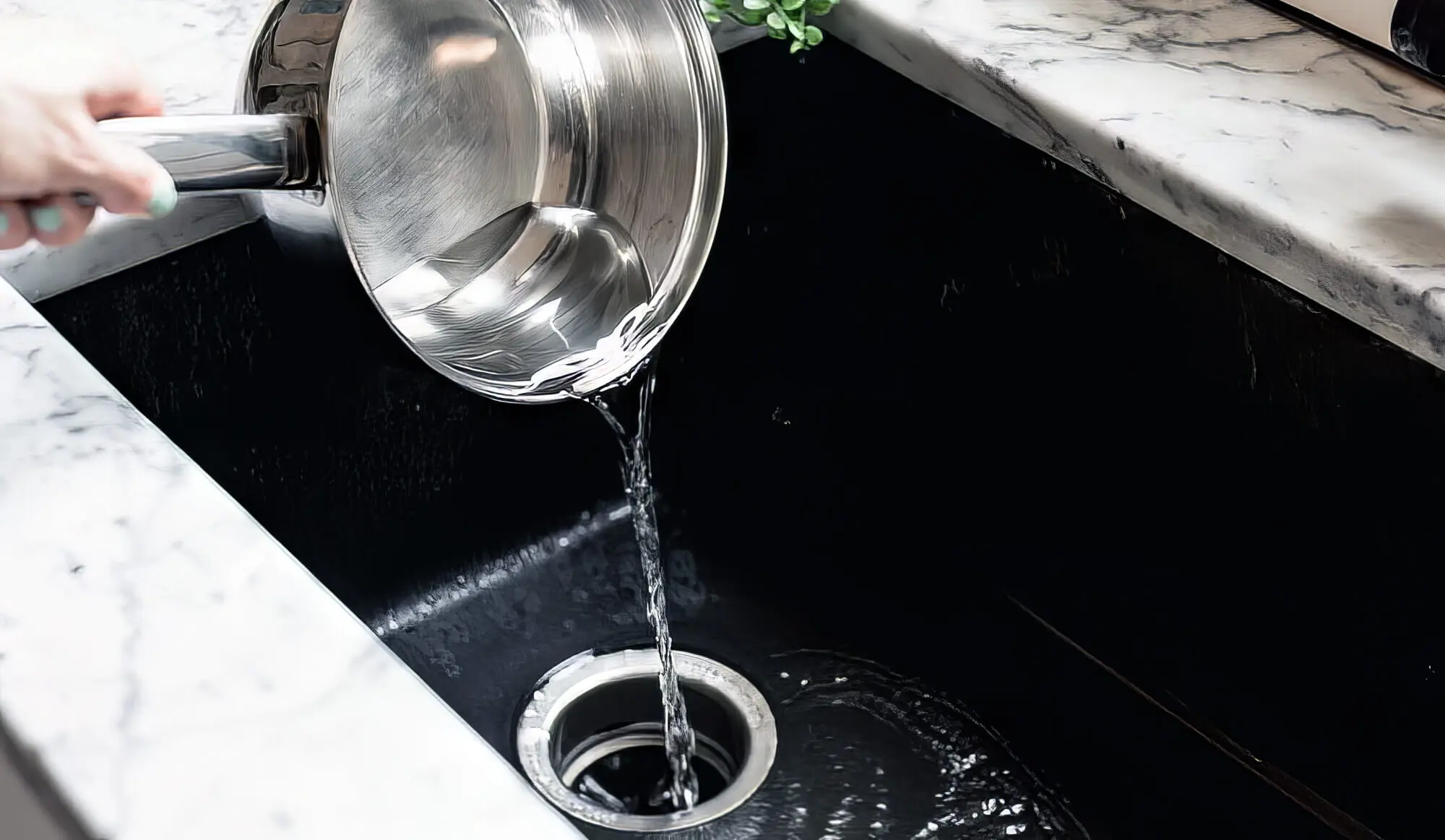
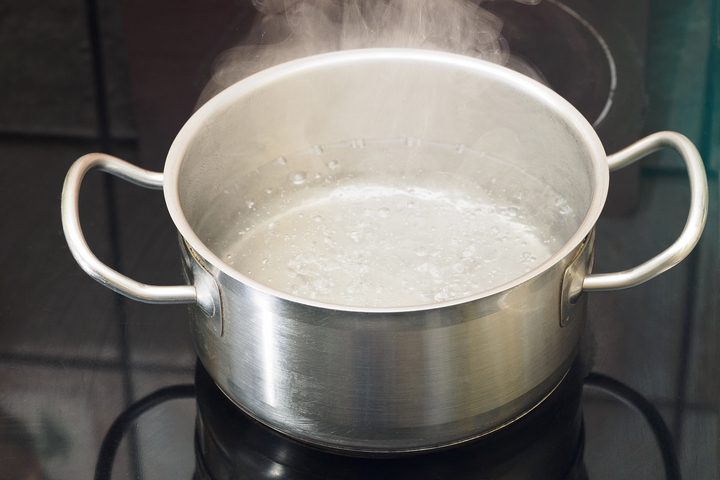


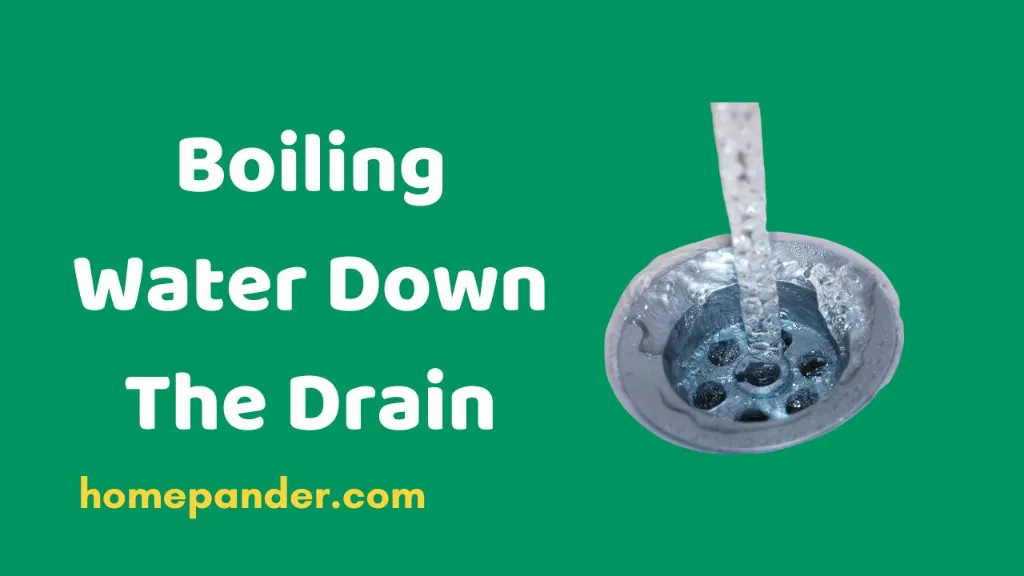
:max_bytes(150000):strip_icc()/GettyImages-1459148353-279aed56a15749c2a7310a882dbe3571.jpg)





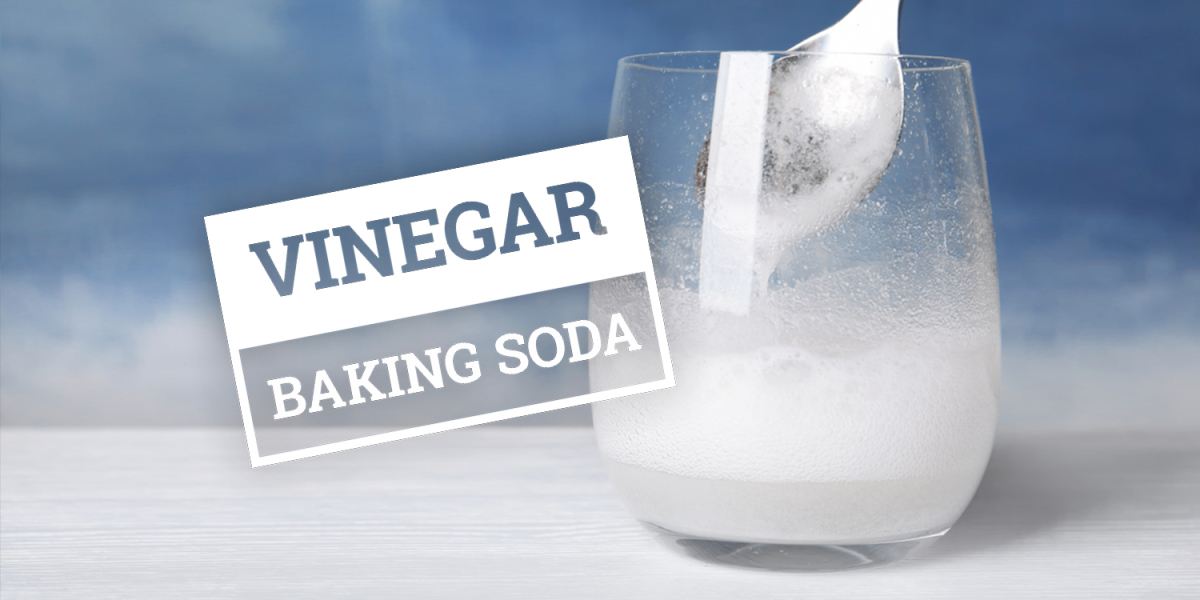



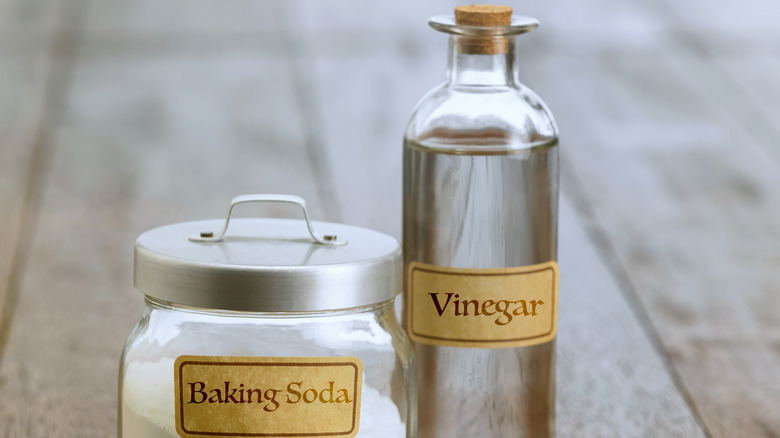





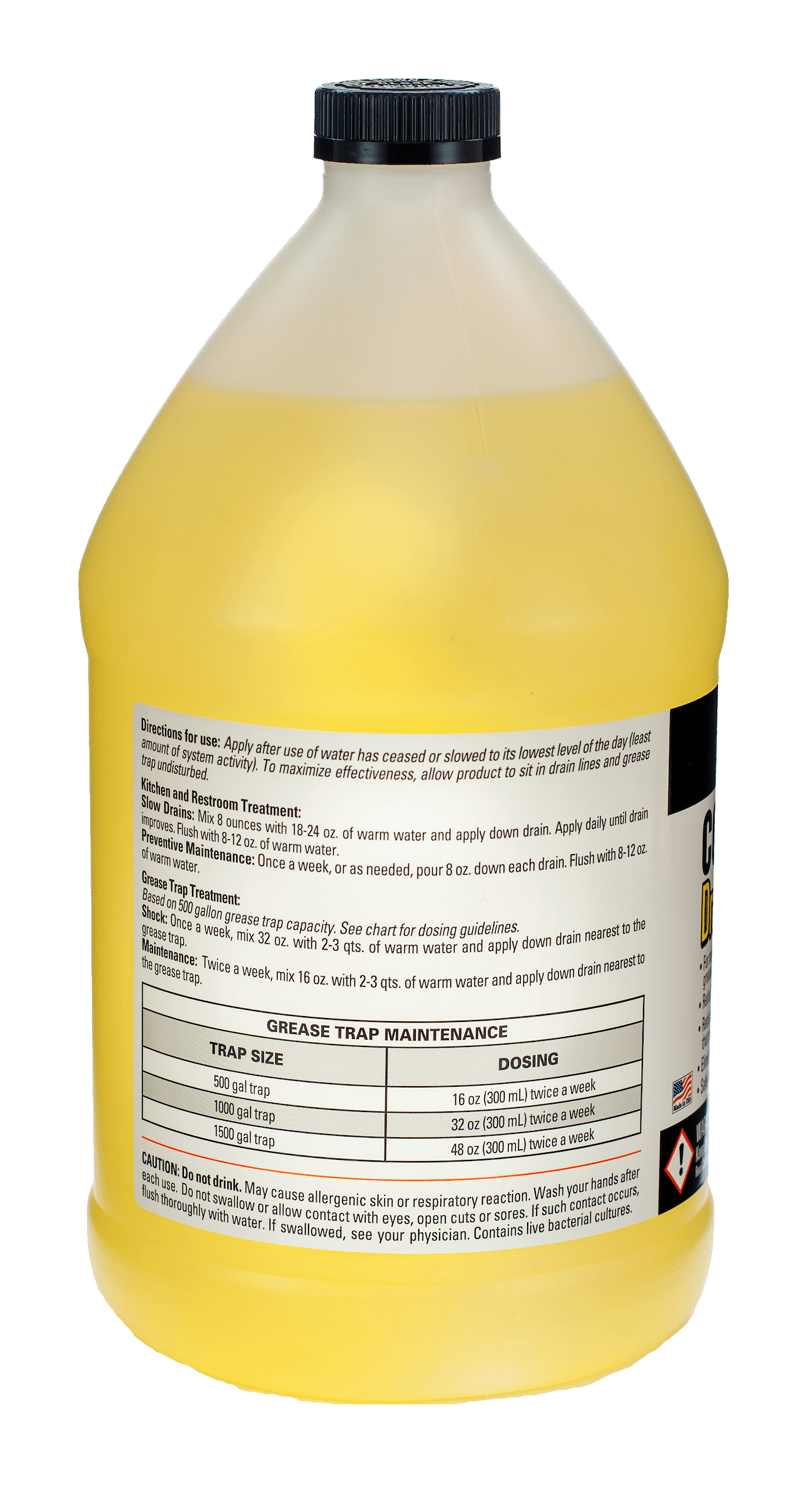



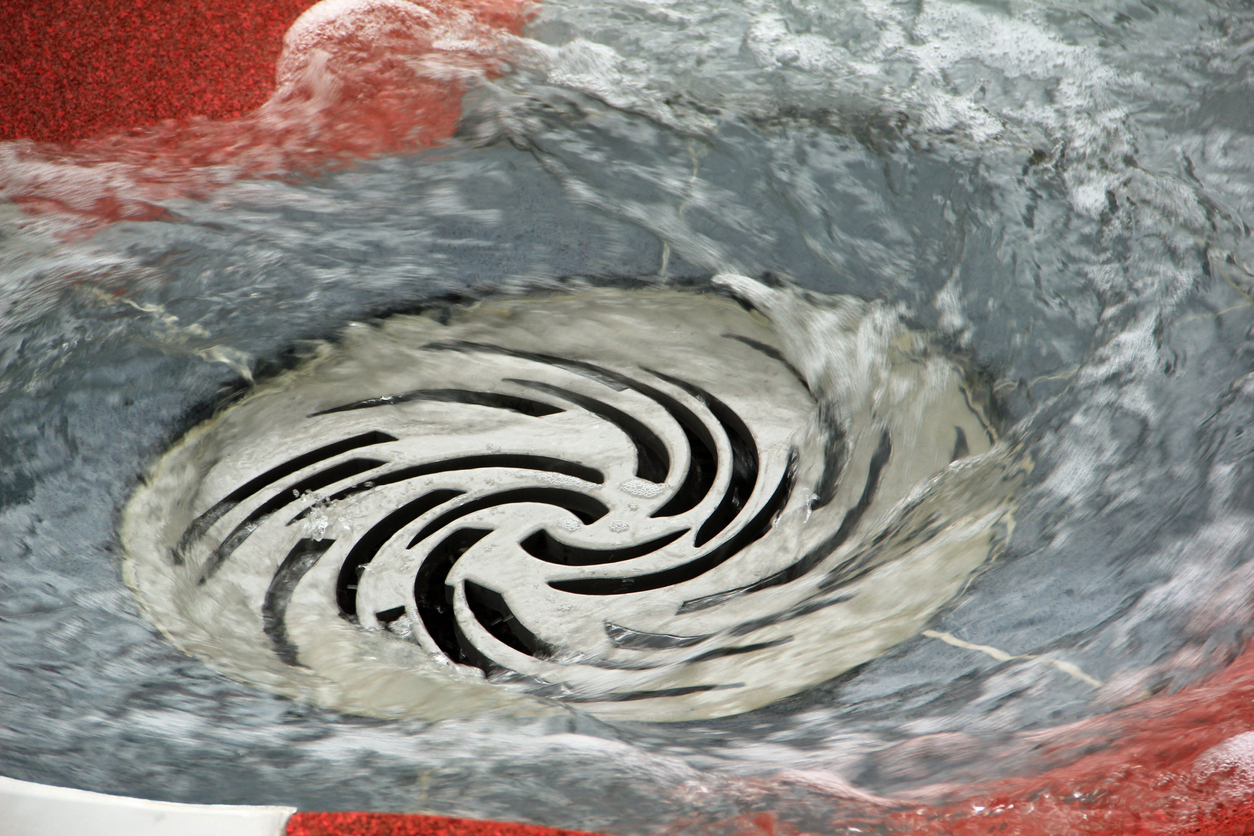

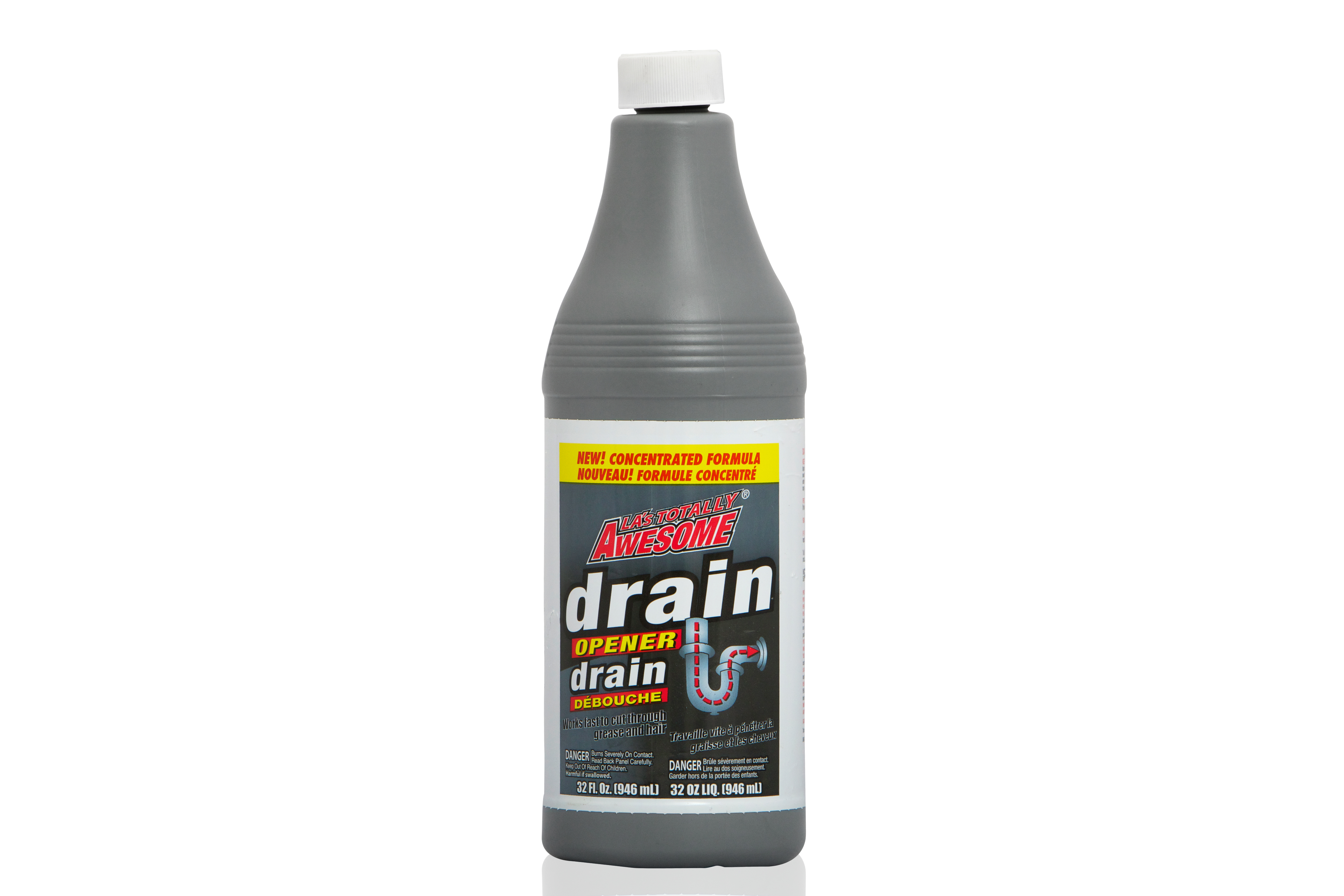
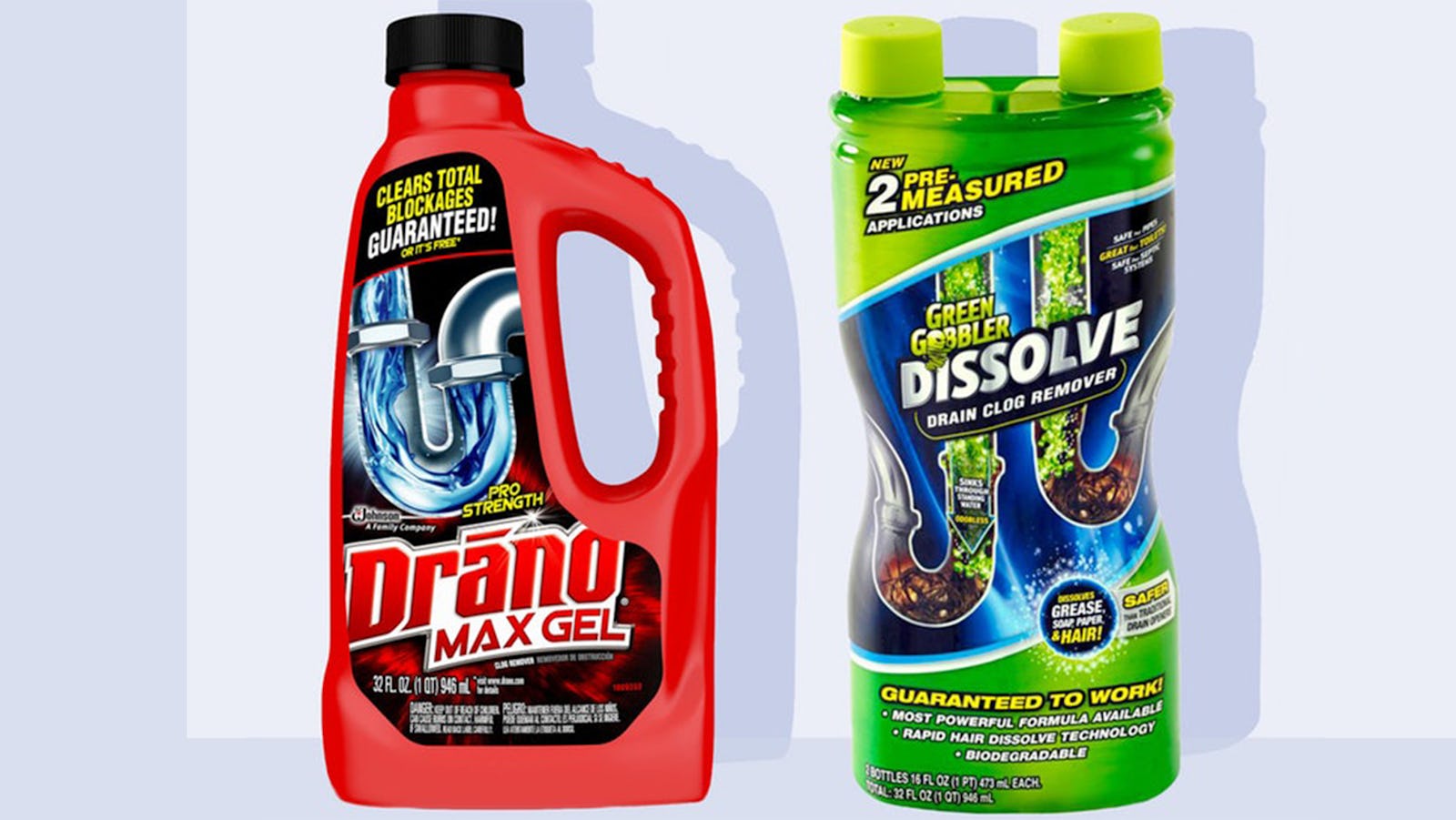

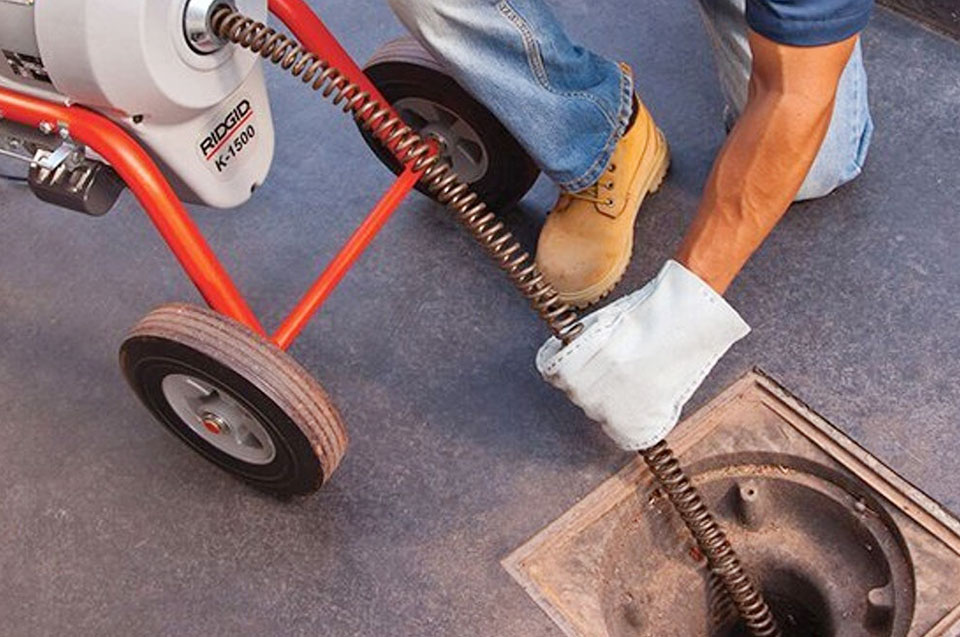

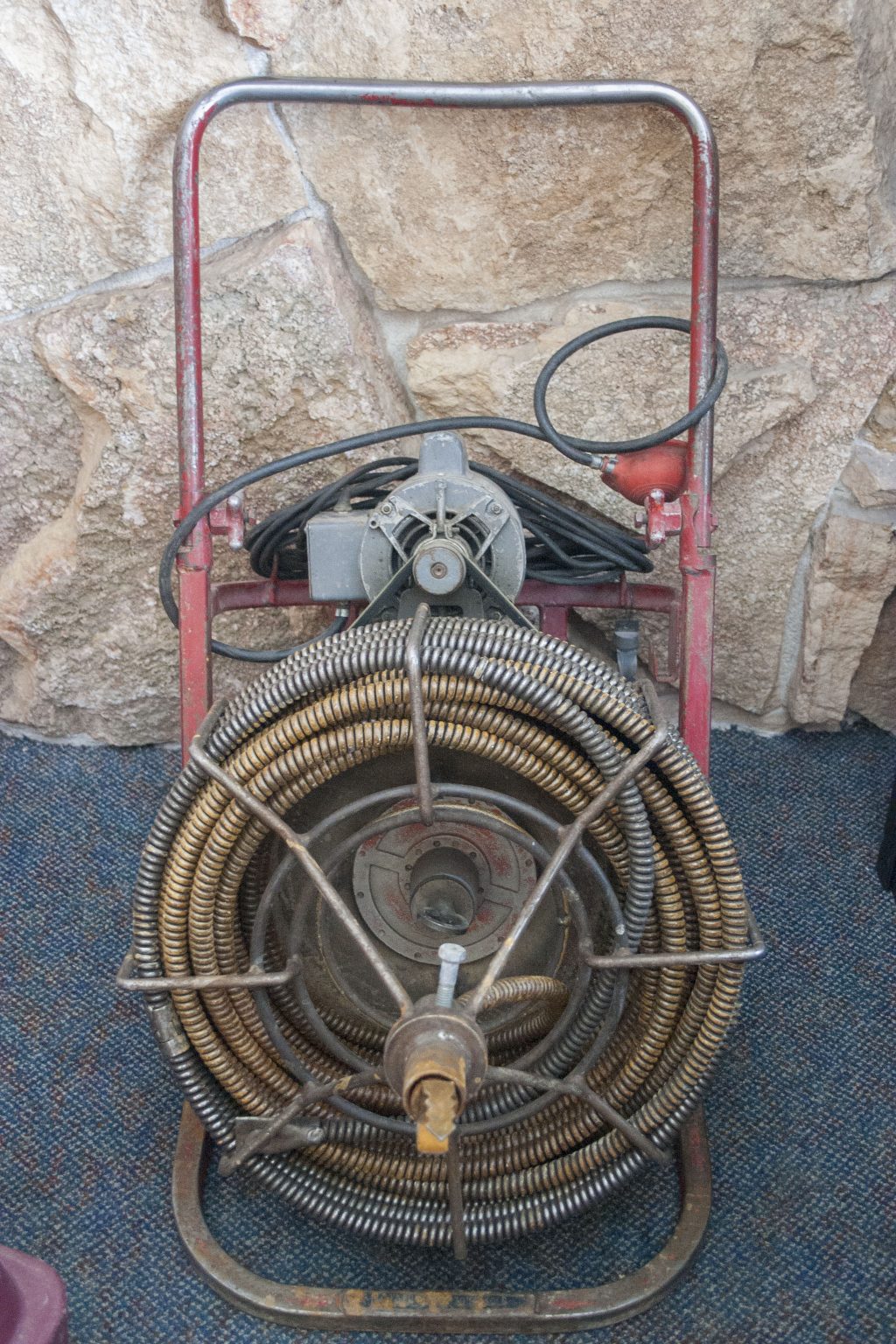
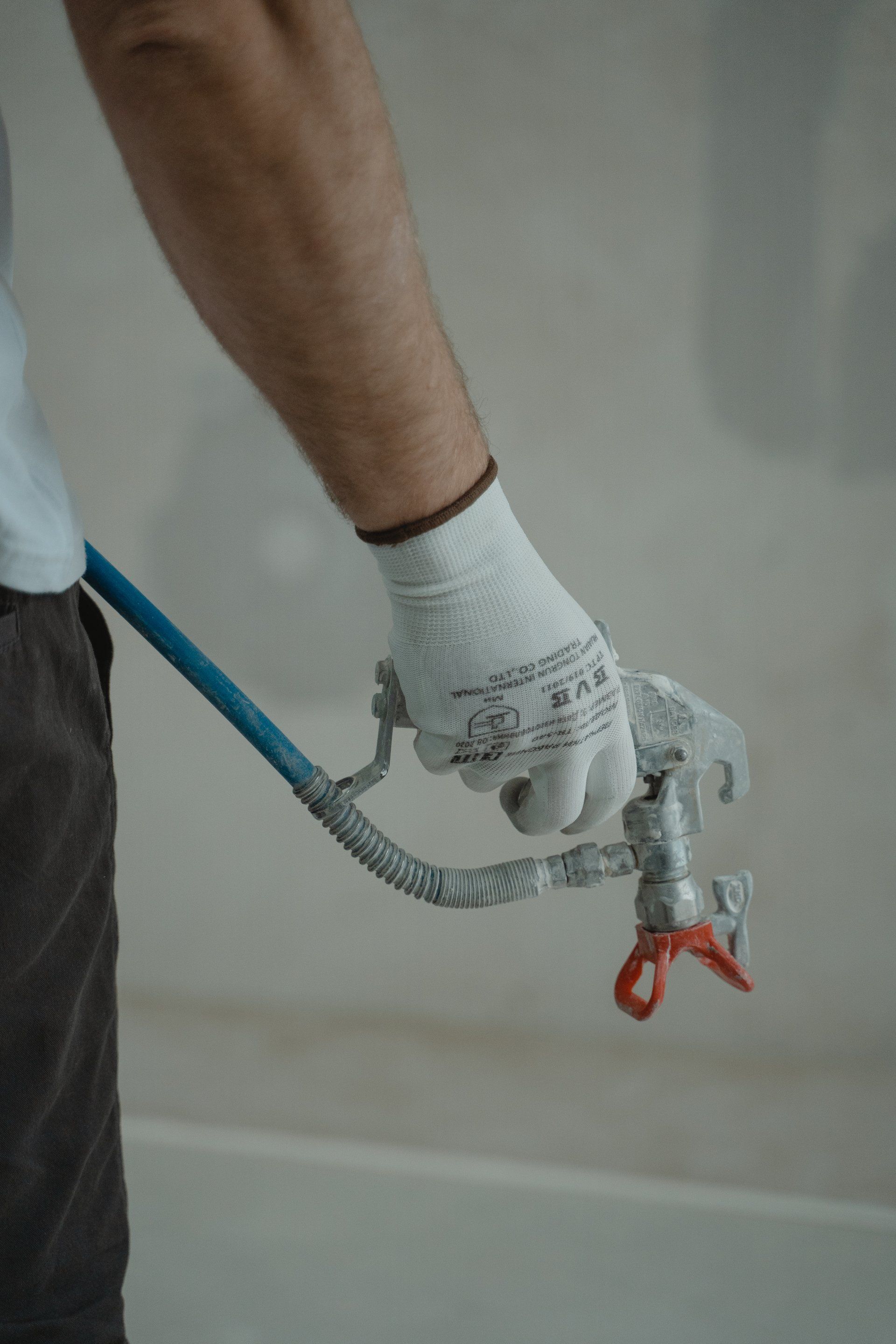


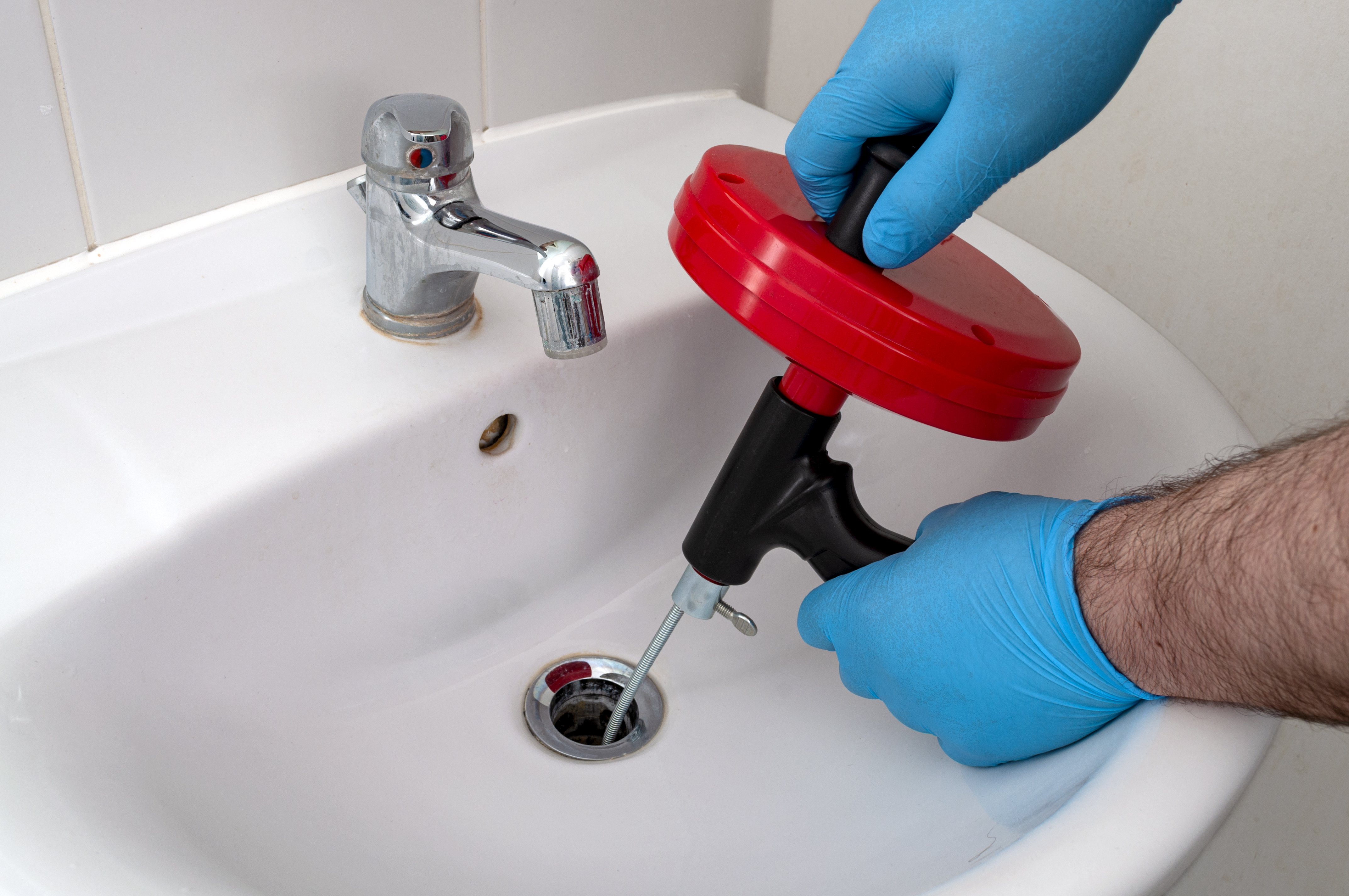




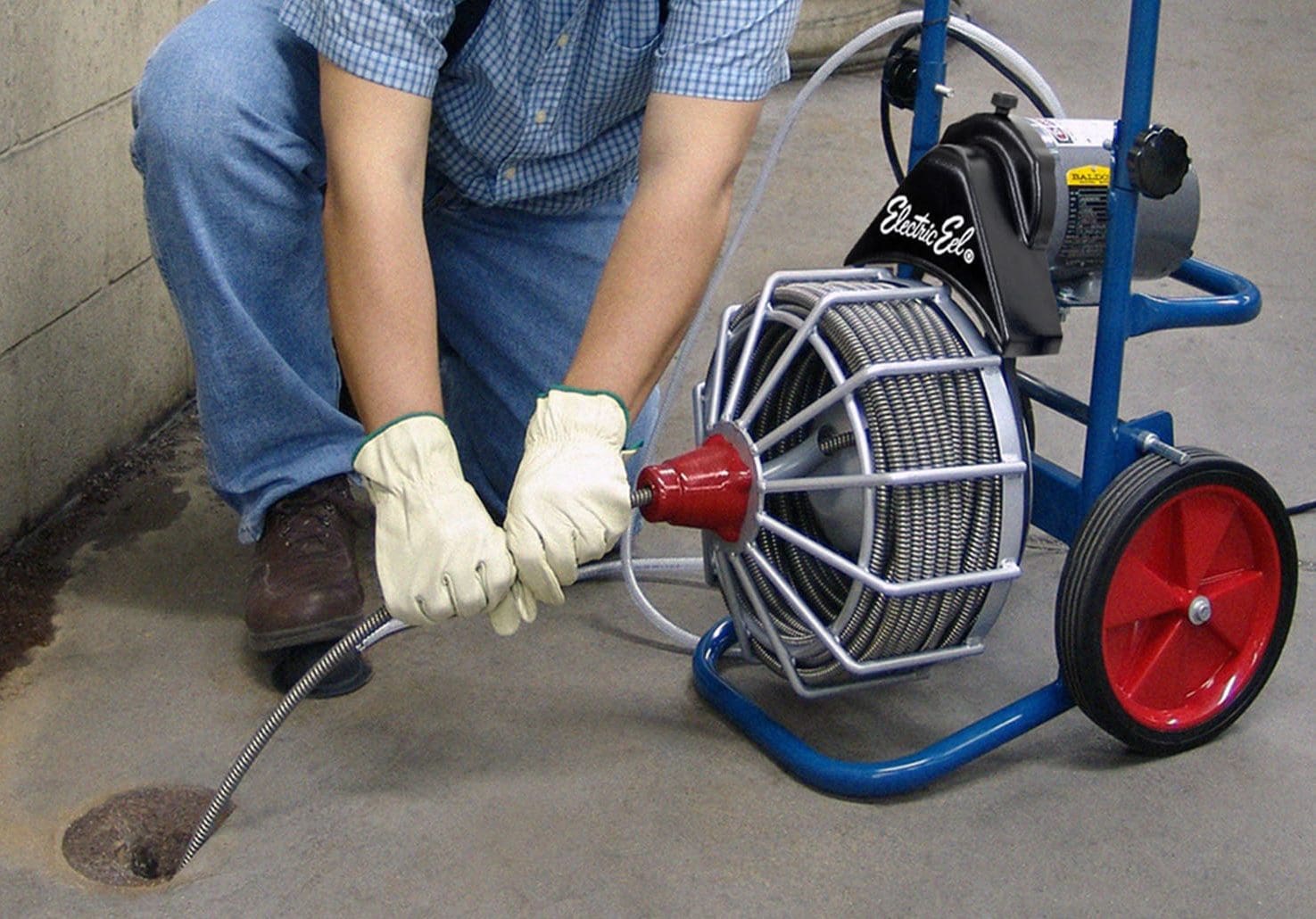


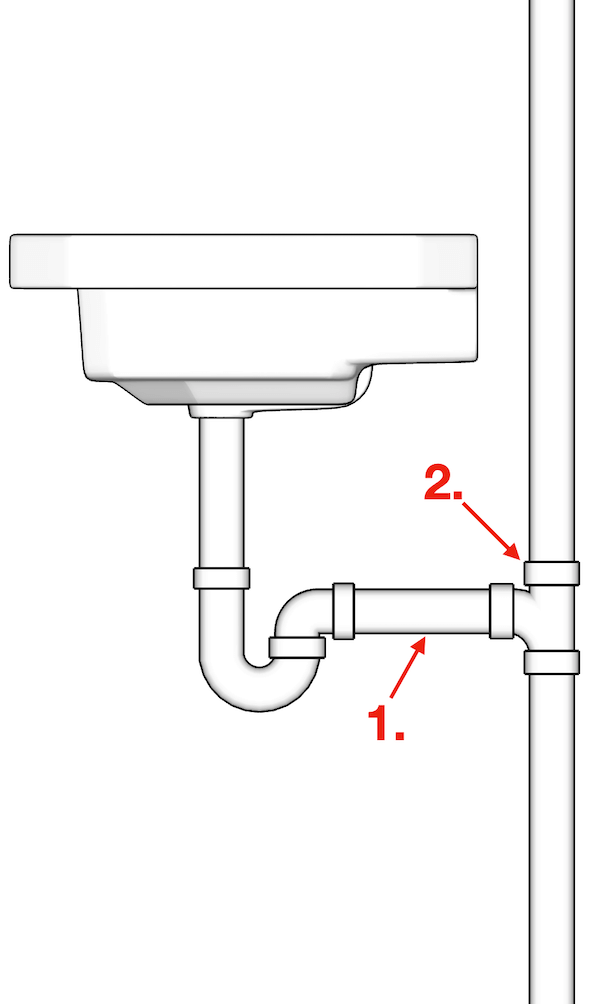




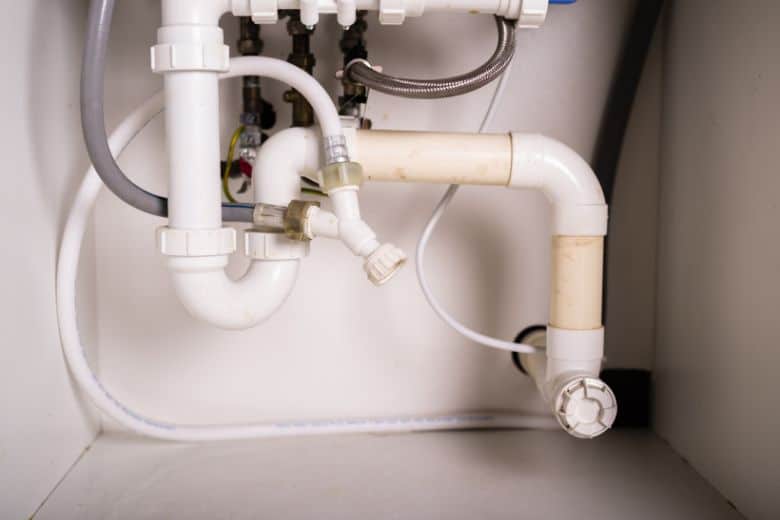

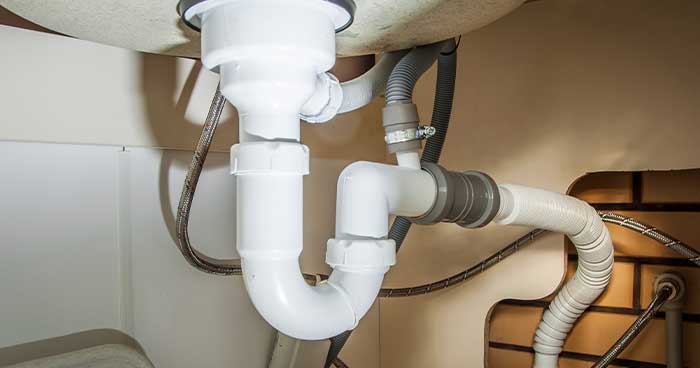


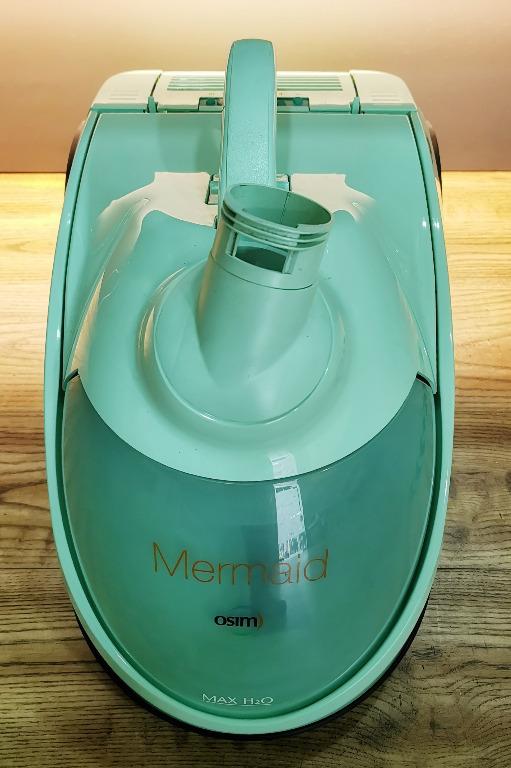

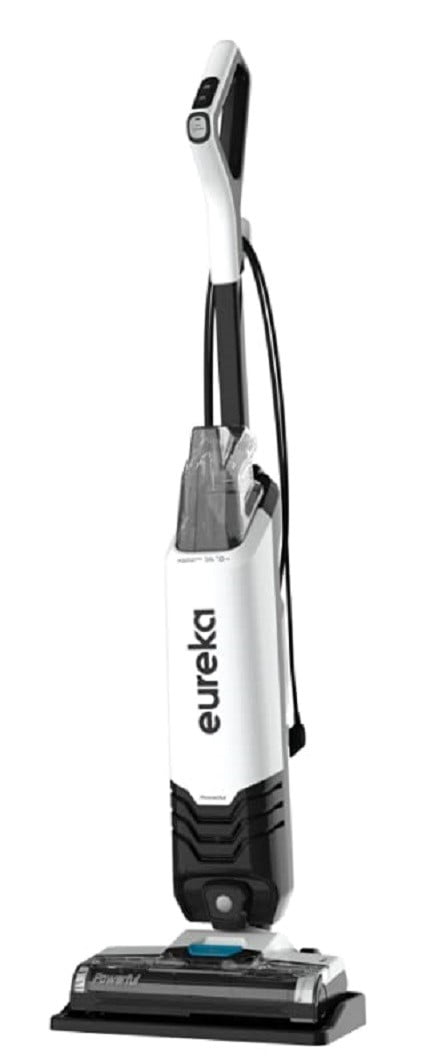
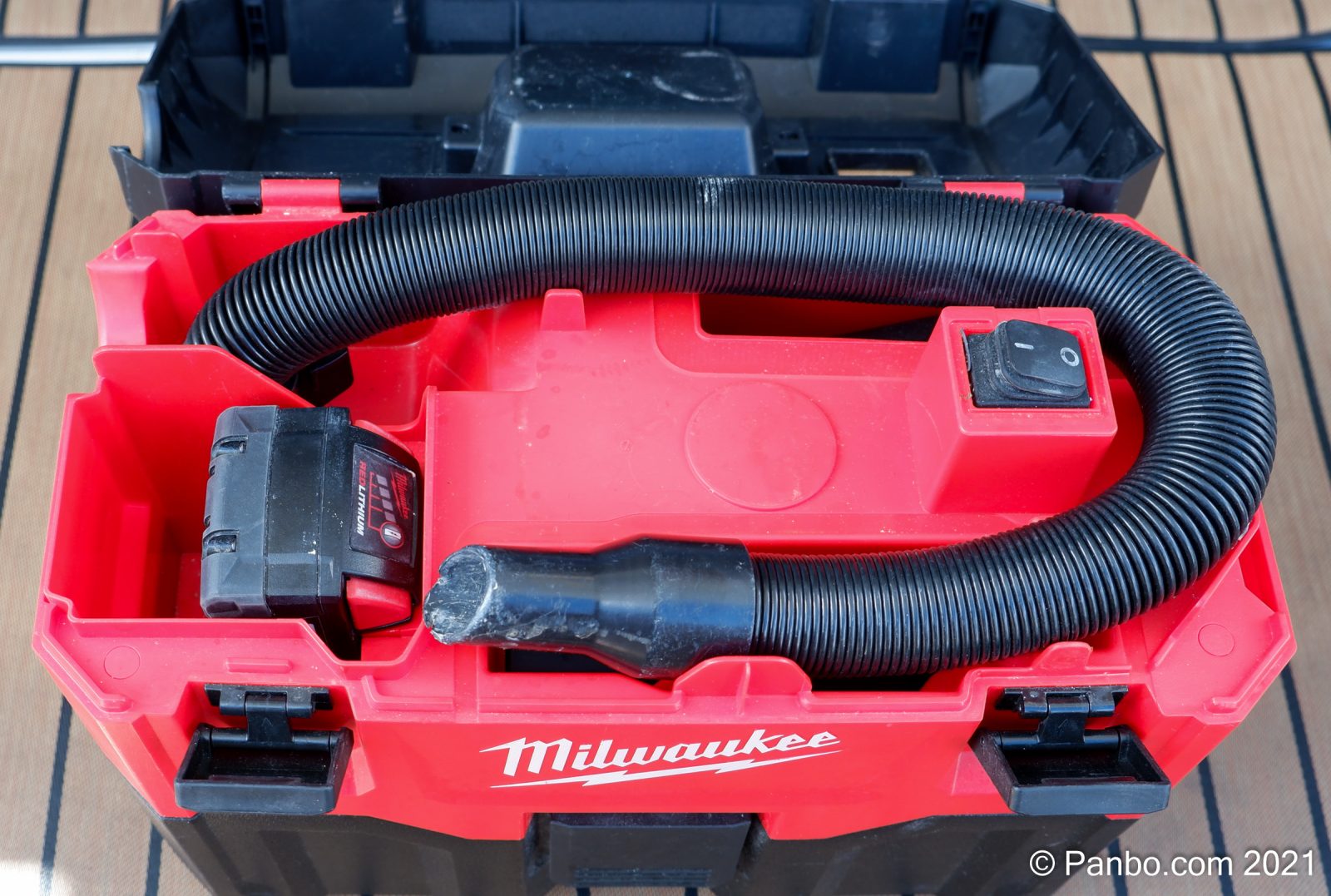
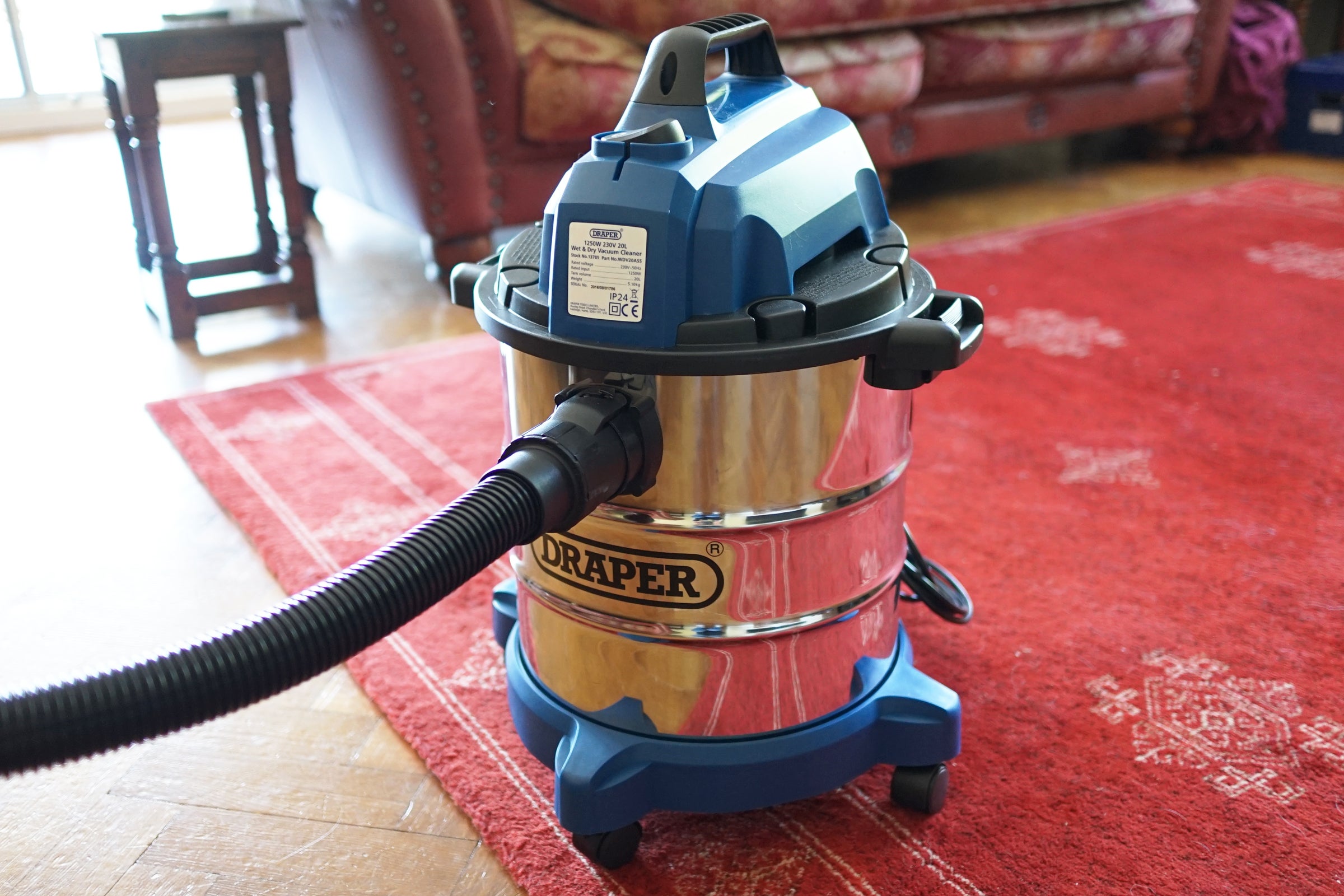
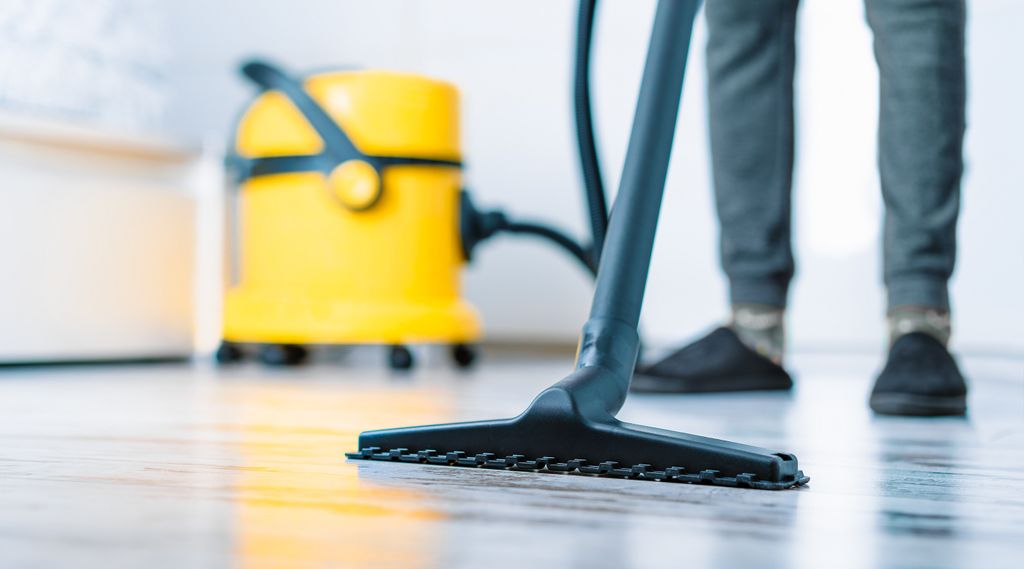


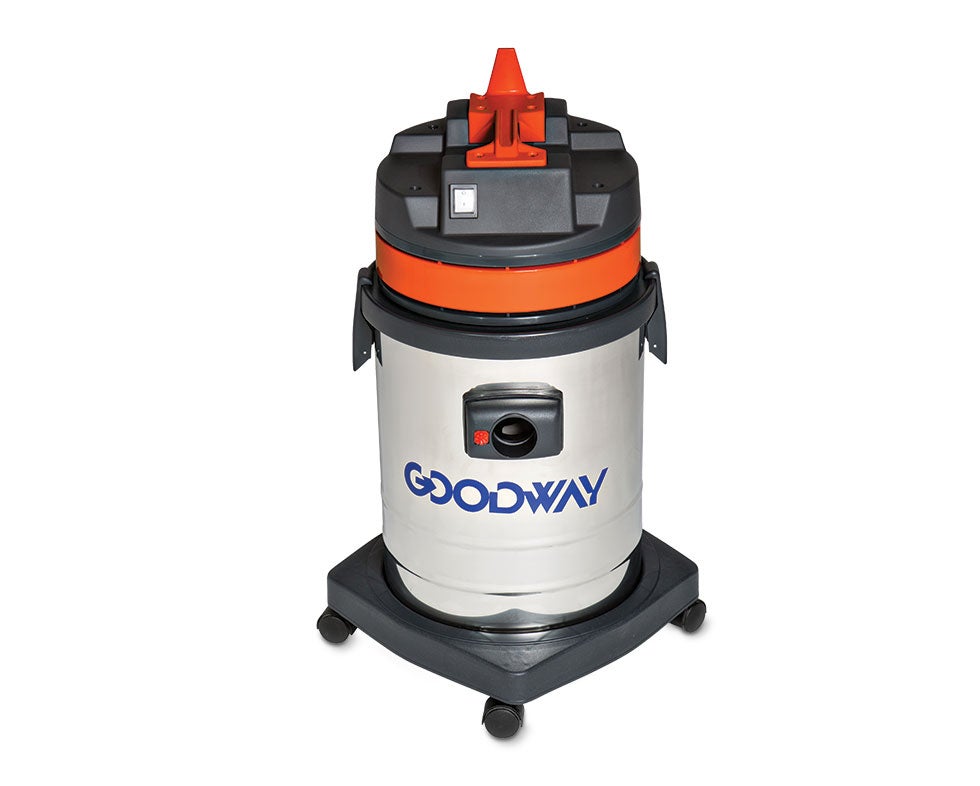


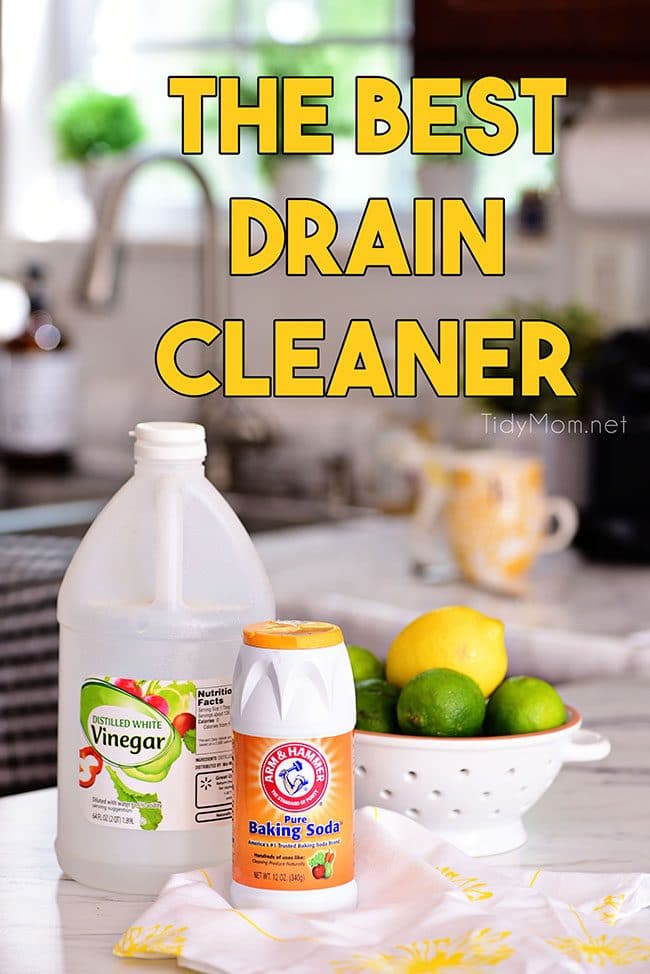





:max_bytes(150000):strip_icc()/freshen-and-unclog-drain-with-baking-soda-1900466-18-1a5b5da01939471ca8f8823865bd1ce8.jpg)
